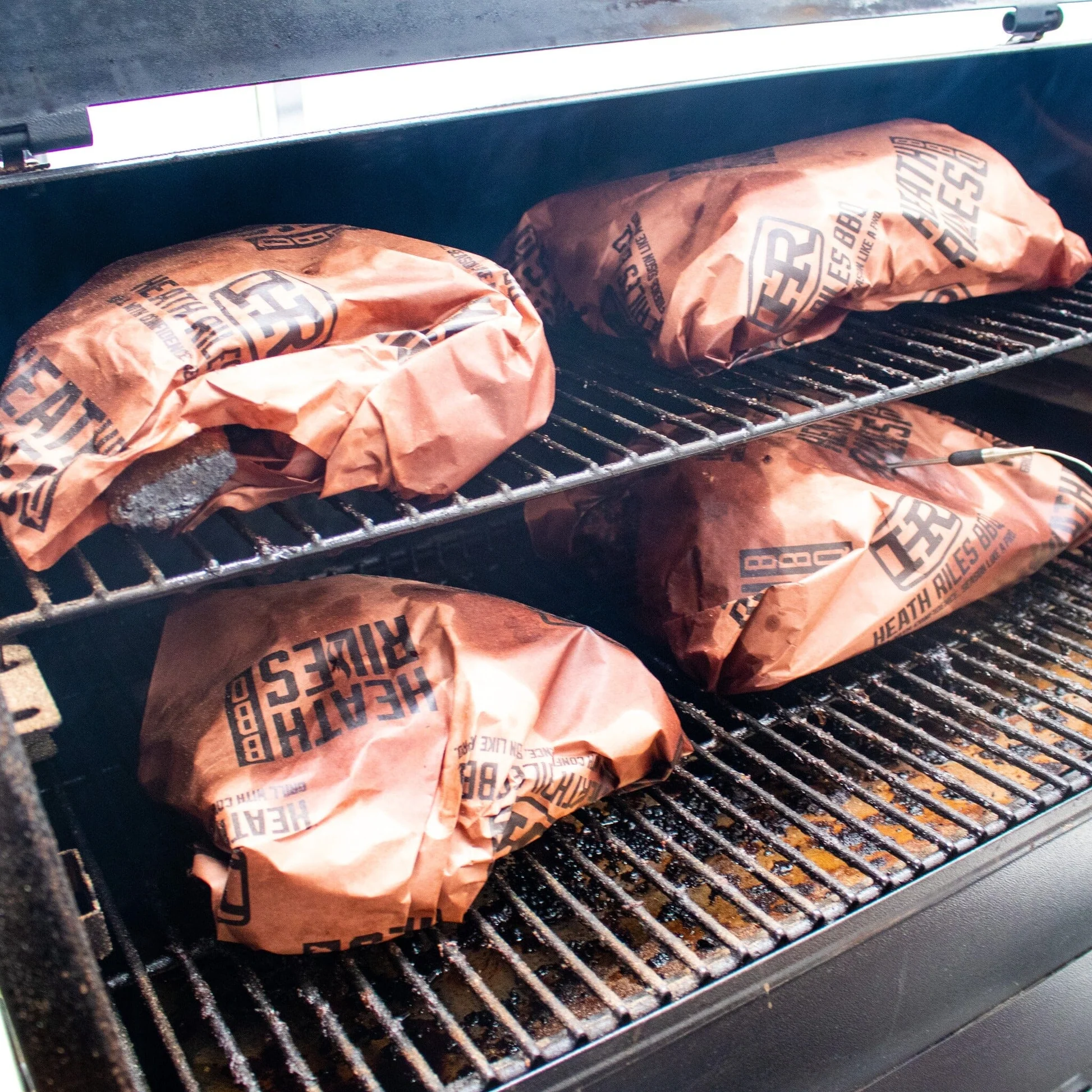When it comes to cooking, presentation plays a crucial role, especially in barbecue and meat preparation. Butcher paper is a versatile tool used for wrapping meat, crafting, and even food service. Choosing the right butcher paper can make a significant difference in your culinary endeavors. This guide will help you understand the different types of butcher paper, their uses, and how to select the best one for your needs.
What is Butcher Paper?
Butcher paper is a heavyweight paper that is commonly used in the meat industry for wrapping fresh cuts of meat. It is designed to keep meat fresh while allowing it to breathe, which helps retain moisture and flavor. Unlike plastic wrap, butcher paper does not trap moisture, which can lead to spoilage.
Types of Butcher Paper
There are several types of butcher paper available, each suited for different applications. Understanding these types will help you make an informed choice.
1. White Butcher Paper
White butcher paper is often used for wrapping meat and fish. It is uncoated and allows for breathability, making it ideal for use in butcher shops and restaurants. This type of paper is also popular for arts and crafts, as it can be easily painted or drawn on.
2. Brown Butcher Paper
Brown butcher paper is a more traditional option, often seen in butcher shops. It is made from kraft paper, which is strong and durable. This type of paper is particularly useful for wrapping larger cuts of meat and is excellent for smoking and barbecuing. The natural color also gives a rustic look to food presentations.
3. Pink Butcher Paper
Pink butcher paper is specifically designed for barbecue enthusiasts. It is often referred to as “peach paper” and is popular among pitmasters for wrapping brisket during the smoking process. The pink color helps to retain moisture while still allowing smoke to penetrate the meat, enhancing its flavor without making it soggy.
4. Freezer Paper
Freezer paper is a type of butcher paper that has a plastic coating on one side. This coating provides a moisture barrier, making it ideal for wrapping meat for freezing. While it is not as breathable as traditional butcher paper, it is excellent for preventing freezer burn.
Factors to Consider When Choosing Butcher Paper
When selecting butcher paper, consider the following factors to ensure you choose the right type for your needs.
1. Purpose
The first step in choosing butcher paper is to determine its primary use. Are you wrapping meat for storage, smoking, or presentation? Different applications require different types of paper. For example, if you are cooking barbecue, pink butcher paper is ideal. If you are wrapping meat for the freezer, go for freezer paper.
2. Thickness and Weight
Butcher paper comes in various thicknesses and weights. Thicker paper is more durable and can handle heavier cuts of meat without tearing. If you are wrapping larger pieces, opt for a heavier weight. For smaller items or arts and crafts, a lighter paper may suffice.
3. Breathability
Breathability is a crucial factor when wrapping meat. You want a paper that allows moisture to escape while retaining enough to keep the meat fresh. White and brown butcher paper are generally more breathable than freezer paper due to their uncoated surfaces.
4. Food Safety
Ensure that the butcher paper you choose is food-safe. Look for products that are made from virgin fibers and are free from harmful chemicals. This is especially important if you are wrapping food items that will be consumed.
5. Size
Butcher paper is available in various sizes, from rolls to pre-cut sheets. Consider how much paper you will need and the types of cuts you typically handle. A roll may be more convenient for larger quantities, while pre-cut sheets can save time for smaller tasks.
6. Price
Prices for butcher paper can vary significantly based on type, brand, and size. While it may be tempting to choose the cheapest option, consider the quality and durability of the paper. Investing in a higher-quality product can save money in the long run by reducing waste.
How to Use Butcher Paper Effectively
Once you have chosen the right butcher paper, knowing how to use it effectively is essential. Here are some tips:
1. Wrapping Meat
When wrapping meat, ensure the paper is large enough to cover the entire piece without leaving gaps. Start by placing the meat in the center of the paper, then fold the sides over securely. For larger cuts, use two sheets if necessary.
2. Smoking and Grilling
For smoking meats, especially brisket, wrap the meat tightly in pink butcher paper after it has developed a nice bark. This will help retain moisture while allowing smoke to penetrate. Avoid using aluminum foil, as it can create a steaming effect that may compromise the meat’s texture.
3. Presentation
Use butcher paper for serving food at parties or barbecues. Lay a sheet on a serving platter and arrange the food on top for a rustic look. This not only adds to the presentation but is also an easy cleanup option.
4. Arts and Crafts
Butcher paper is also great for arts and crafts projects. Use it for drawing, painting, or wrapping gifts. Its sturdy nature makes it suitable for various craft applications.
Common Mistakes to Avoid
Even with the right butcher paper, there are common mistakes that can lead to subpar results. Here are a few to watch out for:
1. Using the Wrong Type
Choosing the wrong type of butcher paper can result in less-than-ideal outcomes. For instance, using freezer paper for smoking can lead to soggy meat, while using pink paper for freezing can cause freezer burn.
2. Not Wrapping Tightly
When wrapping meat, failing to wrap it tightly can lead to air exposure, which can cause spoilage. Ensure the paper is snug against the meat to maintain freshness.
3. Ignoring Food Safety
Always ensure that the butcher paper is food-safe. Avoid using paper that has been treated with chemicals or dyes that may be harmful.
Conclusion
Choosing the right butcher paper is essential for anyone who enjoys cooking and preparing meat. By understanding the different types of butcher paper, considering factors like purpose and thickness, and knowing how to use it effectively, you can enhance your culinary experience. Whether you are a professional chef, a backyard grill master, or a crafty individual, the right butcher paper can make all the difference in your kitchen endeavors. Take the time to choose wisely, and you’ll reap the rewards in flavor and presentation.


